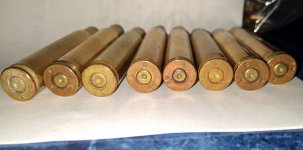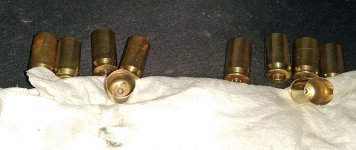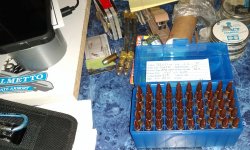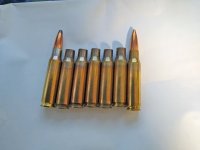sounds like the AMP is favored due to ease of set up, which is awesome. Sounds like there’s also conversation of the AMP performing a better anneal.
I work at a moderately sized metallurgy shop. Our lab has micro hardness evaluation capabilities. If anyone wants to send a virgin pc of brass, flame annealed piece, and induction annealed piece… I can have our lab manager do a midwall hardness punch on each. Just for shits and giggles to see if there’s a big difference. The hardest part would be obtaining the same temperature with both the flame anneal and induction anneal. 20 degree variance can make a huge difference in hardness.
Another shits and giggles would be 3 pcs of flame annealed and 3 pcs of induction annealed and see the variance within each category. I’m willing to bet the induction anneal would be more consistent in hardness, but would flame anneal be “good enough” to not worry about.
Also, if anyone has metallurgy work needed around Houston, let me know…. Biden economics is a bitch right now
I work at a moderately sized metallurgy shop. Our lab has micro hardness evaluation capabilities. If anyone wants to send a virgin pc of brass, flame annealed piece, and induction annealed piece… I can have our lab manager do a midwall hardness punch on each. Just for shits and giggles to see if there’s a big difference. The hardest part would be obtaining the same temperature with both the flame anneal and induction anneal. 20 degree variance can make a huge difference in hardness.
Another shits and giggles would be 3 pcs of flame annealed and 3 pcs of induction annealed and see the variance within each category. I’m willing to bet the induction anneal would be more consistent in hardness, but would flame anneal be “good enough” to not worry about.
Also, if anyone has metallurgy work needed around Houston, let me know…. Biden economics is a bitch right now





